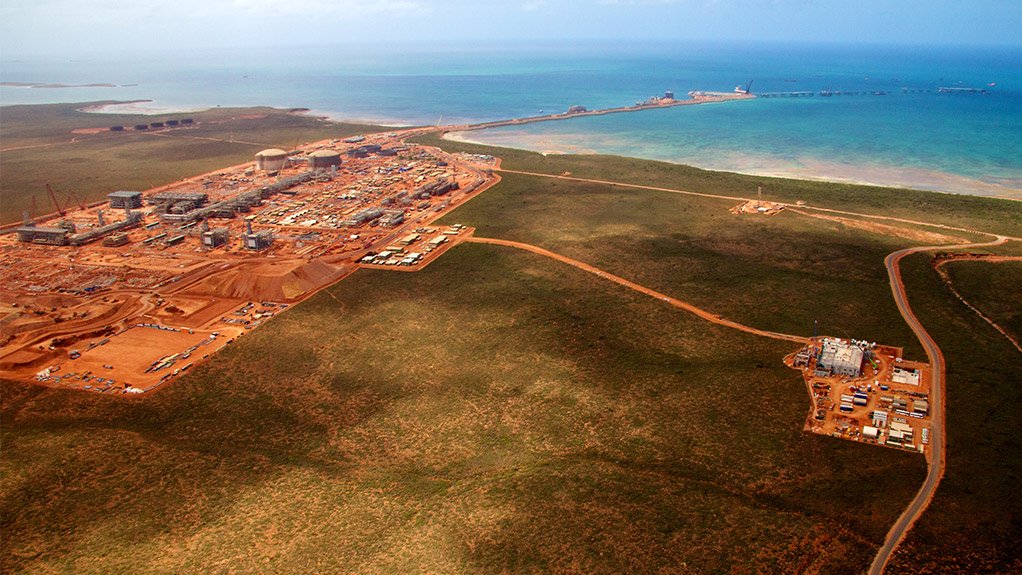
PERTH (miningweekly.com) – The Western Australian Environmental Protection Authority (EPA) this week backed US major Chevron’s plans to expand the Gorgon gas development to a fourth train, which would increase liquefied natural gas (LNG) production from 15-million to 20-million tonnes a year.
The $10-billion fourth train expansion proposal, which was flagged in March of last year, would involve drilling new production wells and installing new subsea infrastructure in commonwealth waters, construction of a new feed gas pipeline system, and the addition of a fourth LNG train and associated infrastructure within the company’s existing gas treatment plant on Barrow Island.
Existing infrastructure constructed as part of the original project would be used to export products generated by the fourth train expansion proposal.
EPA chairperson Dr Paul Vogel said the expansion proposal had been rigorously assessed at the authority’s highest level of environmental-impact assessment – a public environmental review (PER).
“Horizontal directional drilling (HDD), offshore gas pipeline installation activities and fourth train operation have the potential to impact on the environment,” Vogel said.
“The EPA carefully assessed the potential impacts to marine environmental quality, marine fauna, air quality and benthic communities and habitat and found that the proposal could be managed to meet the EPA’s objectives subject to the conditions in the existing Ministerial statements issued for the original project.
“These conditions include management plans for marine environmental quality, HDD activities, gas pipeline installation, marine fauna, air quality and greenhouse-gas abatement.”
The EPA’s report to the Minister for Environment is open for a two-week public appeal period, closing March 17.
The $52-billion Gorgon project currently includes the construction of a three-train, 15.6-million-tonne-a-year LNG plant on Barrow Island with the capacity to supply 275-million standard cubic feet per day of natural gas to the Western Australian market.